Increased Investment in R&D
Investment in research and development (R&D) is a critical driver for the InGaAs Image-Sensors Market. Companies are allocating substantial resources to innovate and enhance sensor technologies, aiming to improve performance metrics such as sensitivity and resolution. In 2025, it is estimated that R&D spending in the semiconductor sector will reach approximately $100 billion, with a significant portion directed towards imaging technologies. This focus on R&D is likely to lead to breakthroughs in ingaas image sensors, enabling their application in more sophisticated systems, including autonomous vehicles and advanced surveillance systems. As the industry evolves, the continuous push for innovation will likely bolster the ingaas image-sensors market, fostering a competitive landscape that prioritizes cutting-edge technology.
Growing Demand for Miniaturization
The trend towards miniaturization in electronic devices is significantly influencing the InGaAs Image-Sensors Market. As consumer electronics, medical devices, and industrial applications demand smaller and more efficient components, the need for compact image sensors has surged. The market for miniaturized sensors is expected to grow by approximately 15% annually, reflecting the increasing integration of ingaas sensors in portable devices. This demand for smaller sensors is driven by the need for enhanced functionality without compromising on performance. Consequently, manufacturers are focusing on developing smaller, more efficient ingaas image sensors that can be seamlessly integrated into a variety of applications, thereby expanding the market's reach and potential.
Rising Adoption of Infrared Imaging
The increasing adoption of infrared imaging technologies is a notable driver for the InGaAs Image-Sensors Market. Industries such as automotive, healthcare, and security are increasingly utilizing infrared imaging for various applications, including night vision and thermal imaging. The market for infrared imaging is projected to grow at a CAGR of approximately 10% over the next five years, indicating a robust demand for ingaas image sensors. This growth is driven by the need for enhanced imaging capabilities in low-light conditions, which ingaas sensors provide effectively. As more sectors recognize the advantages of infrared imaging, the ingaas image-sensors market is likely to experience significant expansion, with manufacturers focusing on developing advanced sensors that meet the evolving needs of these industries.
Expansion of Automotive Applications
The expansion of automotive applications is emerging as a significant driver for the InGaAs Image-Sensors Market. With the automotive industry increasingly adopting advanced driver-assistance systems (ADAS) and autonomous driving technologies, the demand for high-performance imaging solutions is on the rise. In 2025, the automotive sector is projected to account for nearly 20% of the total ingaas image-sensors market. This growth is attributed to the need for reliable imaging systems that can operate effectively in various environmental conditions. As automotive manufacturers seek to enhance safety and efficiency through advanced imaging technologies, the ingaas image-sensors market is likely to benefit from this trend, leading to increased investments and innovations in sensor technology.
Emerging Applications in Medical Imaging
Emerging applications in medical imaging are driving growth in the InGaAs Image-Sensors Market. The healthcare sector is increasingly utilizing advanced imaging techniques for diagnostics and treatment, with ingaas sensors playing a crucial role in enhancing image quality and accuracy. The medical imaging market is expected to grow at a CAGR of around 8% over the next few years, with a notable increase in the adoption of ingaas sensors for applications such as endoscopy and optical coherence tomography. This trend indicates a growing recognition of the benefits that ingaas image sensors offer in terms of sensitivity and resolution. As healthcare providers continue to seek innovative imaging solutions, the ingaas image-sensors market is poised for substantial growth, driven by advancements in medical technology.

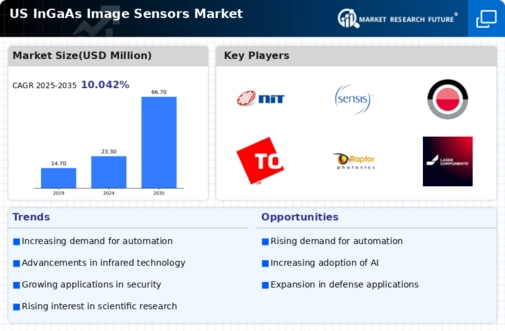
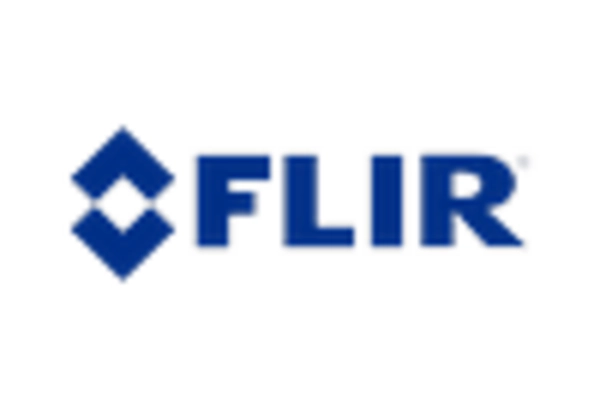
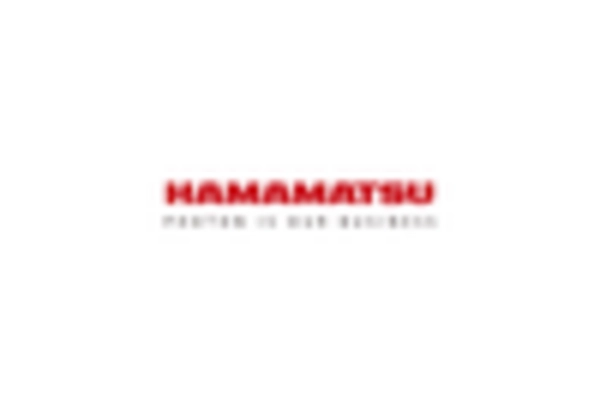
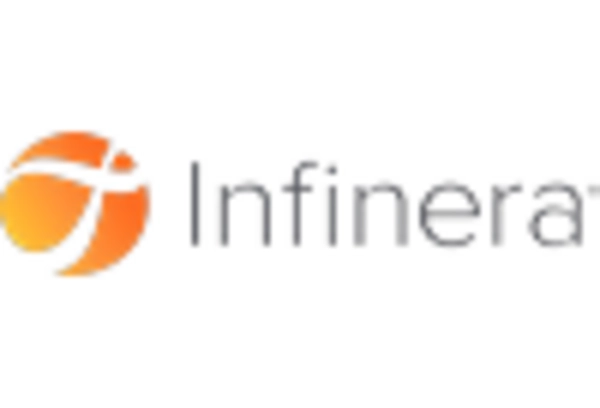

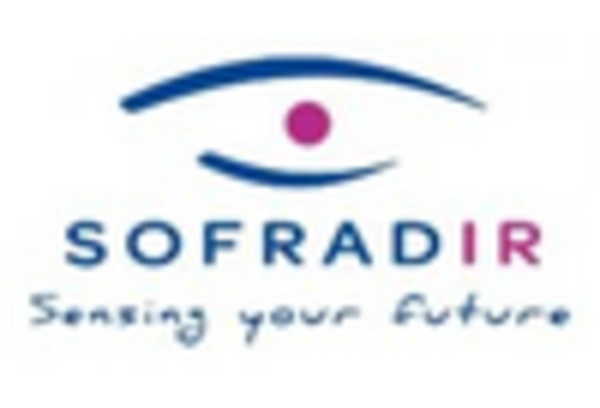
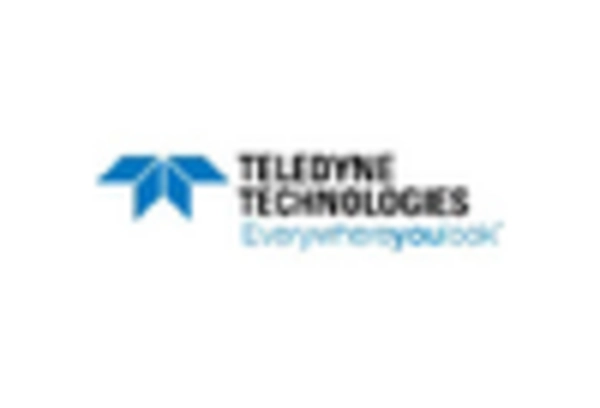








Leave a Comment